Rise in Infrastructure Development
The Space Frame Market Industry is poised for growth due to the ongoing rise in infrastructure development across various regions. Governments and private entities are investing heavily in infrastructure projects, including bridges, airports, and commercial buildings, which require robust and versatile structural solutions. Space frames offer the advantage of spanning large areas without the need for intermediate supports, making them ideal for modern architectural designs. Recent statistics suggest that infrastructure spending is expected to increase, thereby driving demand for space frame systems. This trend is further supported by urbanization, as cities expand and require innovative solutions to accommodate growing populations. The integration of space frames in these projects not only enhances aesthetic appeal but also ensures structural efficiency.
Growing Emphasis on Aesthetic Appeal
The Space Frame Market Industry is increasingly influenced by a growing emphasis on aesthetic appeal in architectural design. Architects and designers are seeking innovative solutions that not only meet functional requirements but also enhance the visual impact of structures. Space frames provide a unique opportunity to create striking designs with their geometric configurations and open spaces. This trend is particularly evident in commercial and public buildings, where the architectural form plays a crucial role in attracting visitors and tenants. As the demand for visually appealing structures rises, the space frame industry is likely to benefit from increased adoption in high-profile projects. The ability of space frames to combine form and function positions them as a preferred choice for modern architecture.
Technological Advancements in Construction
Technological advancements are significantly influencing the Space Frame Market Industry, as innovations in design and manufacturing processes enhance the capabilities of space frame systems. The introduction of computer-aided design (CAD) and building information modeling (BIM) has revolutionized the way space frames are conceptualized and executed. These technologies allow for precise modeling and simulation, leading to optimized designs that meet specific project requirements. Furthermore, advancements in materials science have led to the development of stronger and more durable materials, which are essential for the longevity of space frame structures. As these technologies continue to evolve, they are likely to drive efficiency and reduce costs in the construction process, thereby increasing the attractiveness of space frames in various applications.
Increased Demand for Lightweight Structures
The Space Frame Market Industry is experiencing a notable surge in demand for lightweight structures, driven by the need for efficient and sustainable building solutions. Lightweight materials, such as aluminum and composite materials, are increasingly favored for their strength-to-weight ratio, which enhances structural integrity while reducing overall weight. This trend is particularly evident in sectors such as aerospace and automotive, where weight reduction is critical for performance and fuel efficiency. According to recent data, the lightweight materials market is projected to grow significantly, indicating a corresponding rise in the space frame sector. As industries seek to optimize their designs and reduce material costs, the adoption of space frames is likely to expand, reflecting a broader shift towards innovative construction methodologies.
Sustainability and Environmental Considerations
Sustainability is becoming a central theme in the Space Frame Market Industry, as stakeholders increasingly prioritize environmentally friendly construction practices. The use of space frames allows for efficient material usage, reducing waste and minimizing the carbon footprint of construction projects. Additionally, the lightweight nature of space frames can lead to lower energy consumption during transportation and installation. As regulatory frameworks and consumer preferences shift towards sustainable solutions, the demand for space frames is expected to rise. Recent studies indicate that the construction industry is moving towards greener practices, which aligns with the capabilities of space frames to support sustainable building initiatives. This trend not only addresses environmental concerns but also enhances the marketability of projects that incorporate eco-friendly designs.


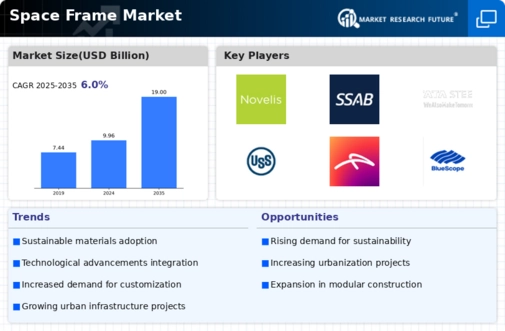
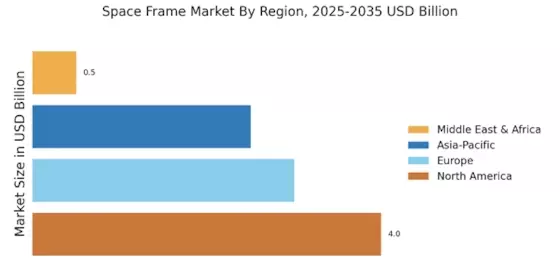
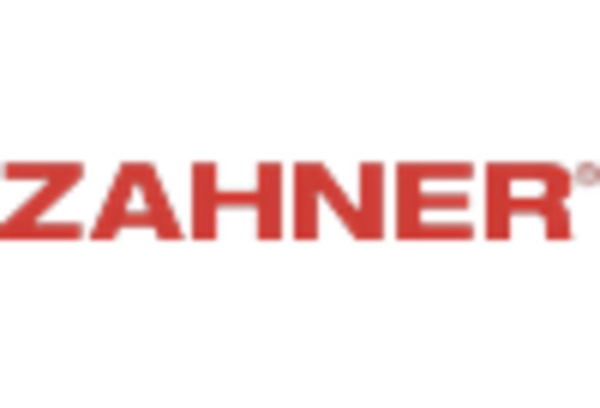

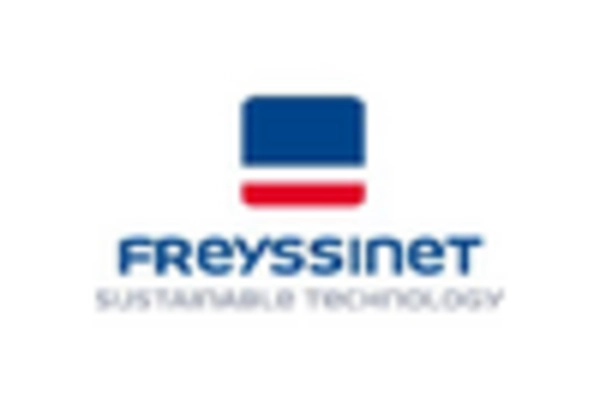
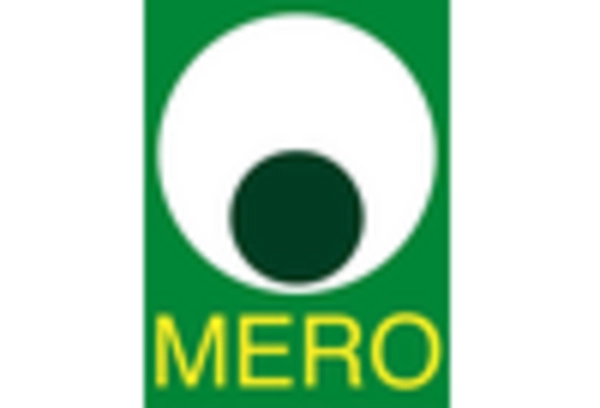

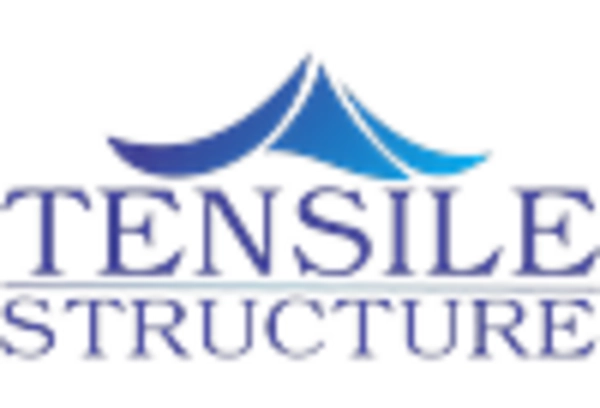








Leave a Comment